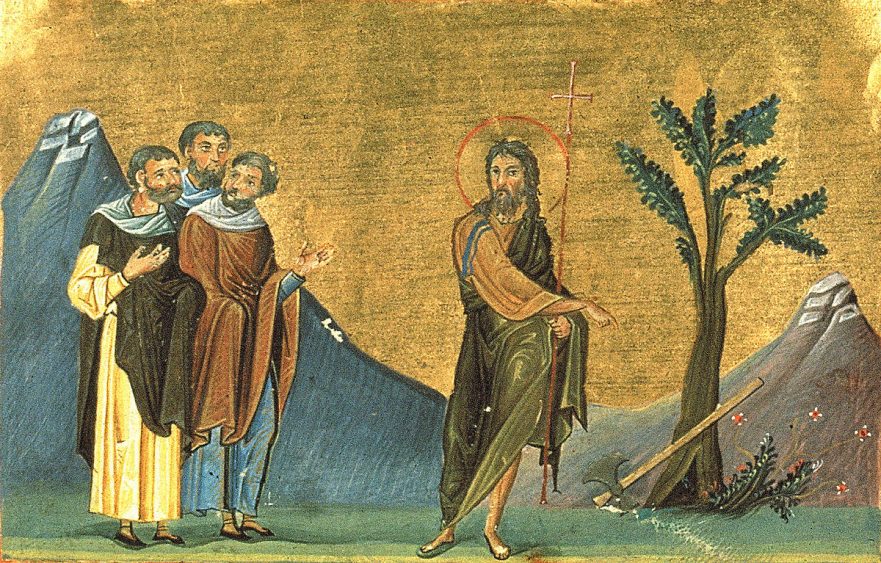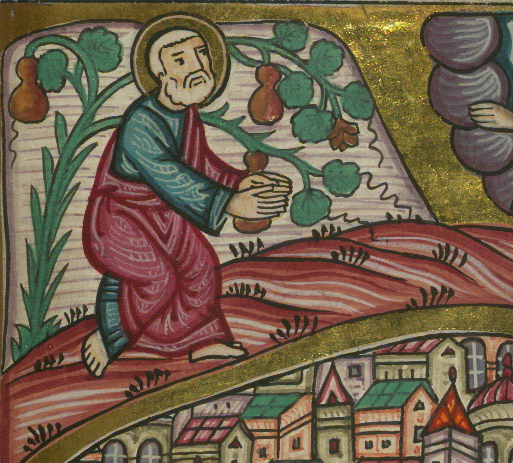Matt. 3:7-10; Luke 3:7b-9 (Huck 2; Aland 14; Crook 17)For abbreviations and bibliographical references, see “Introduction to ‘The Life of Yeshua: A Suggested Reconstruction.'”… The author of Matthew mentioned the Sadducees far more frequently than did the other Gospel writers (Matt. 7xx; Mark 1x; Luke 1x),The Sadducees are mentioned in Matt. 3:7; 16:1, 6, 11, 12; 22:23, 34; Mark 12:18; Luke 20:27.
Rich Man Declines the Kingdom of Heaven
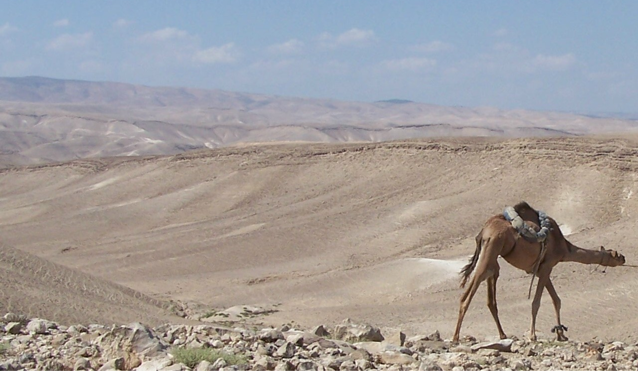
Matt. 19:16-30; Mark 10:17-31; Luke 18:18-30 (Huck 189; Aland 254-255; Crook 294-295)For abbreviations and bibliographical references, see “Introduction to ‘The Life of Yeshua: A Suggested Reconstruction.'” Preliminary research on the Rich Man Declines the Kingdom of Heaven incident was carried out in 1986-1987. Seventeen Jerusalem School seminar sessions were devoted to this pericope: eight seminars were held February-June 1986, and a further nine seminars between November 1986 and May 1987.
Jerusalem School Seminar participants engaged in discussing the Rich Man Declines the Kingdom of Heaven incident.
Sermon’s End

— wp:heading {“level”:3,”className”:”has-text-align-center”} –> Matt. 7:28; 8:5a; Luke 7:1
Both Matthew and Luke have concluding statements at the end of the Sermon on the Mount (Matt. 7:28) / Sermon on the Plain (Luke 7:1a). … Matthew’s Gospel has a different story order in which Man with Scale Disease (Matt. 8:1-4), a Triple Tradition (TT) pericope, follows the Sermon on the Mount (Matt. 5:1-7:29). Nevertheless, the author of Matthew placed Centurion’s Slave (Matt. 8:5-13) following his version of Man with Scale Disease. … To make room for this insertion the author of Matthew broke the Sermon’s concluding statement in two, thereby creating a gap between the statement about Jesus’ ending these words, which the author of Matthew attached to the end of the Sermon on the Mount (Matt. 7:28a), and the statement about Jesus’ entry into Capernaum, which the author of Matthew attached to Centurion’s Slave (
‘Look at…all the trees’: Trees in the New Testament Gospels
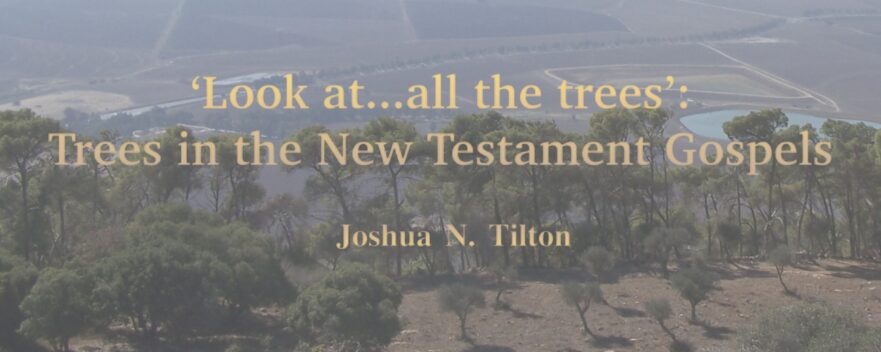
.: קִיסָּם ) from someone else’s eye (Matt. 7:4-5 ∥ Luke 6:41-42; cf. b. … Burning wood produced heat for warmth and cooking, although other fuels such as weeds, thorn, and stubble were also burned for these purposes (Matt. 6:30; Luke 12:28).
Halakha in the Gospels
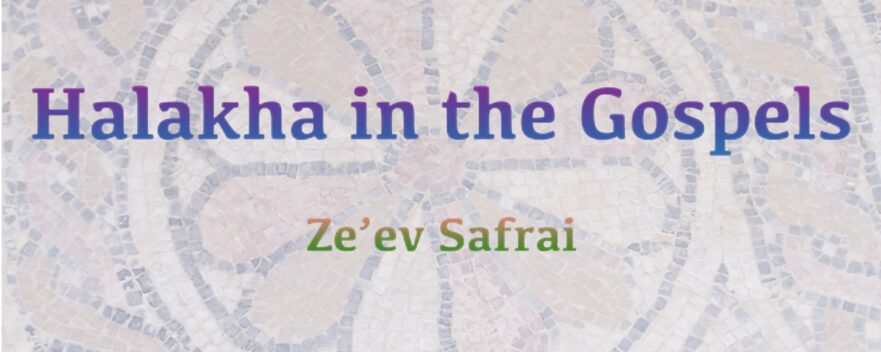
How to cite this article: Ze’ev Safrai, “Halakha in the Gospels,” Jerusalem Perspective (2024) .
The Jewish Cultural Nature of Galilee in the First Century
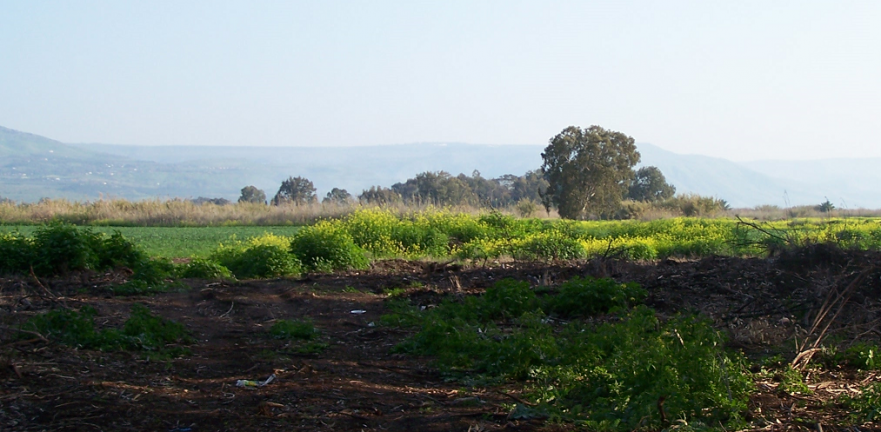
There is a great deal of literature describing the Jewish cultural nature of Galilee in the first century C.E. Several scholarly fields are involved.
Spontaneous Growth Parable
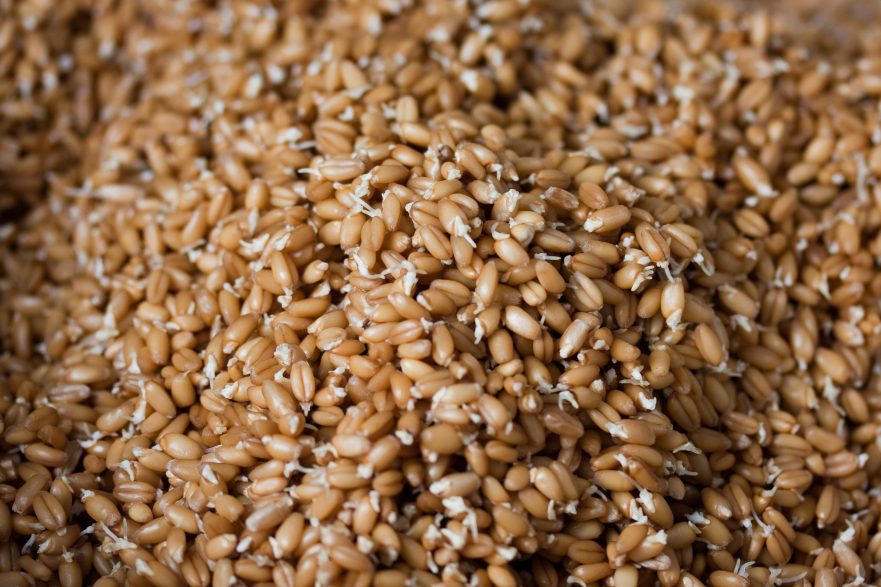
Mark 4:26-29 (Huck 95; Aland 126; Crook 148)For abbreviations and bibliographical references, see “Introduction to ‘The Life of Yeshua: A Suggested Reconstruction.'” Updated: 9 November 2022
1. Text
2. Conjectured Stages of Transmission
3. Comment
4.
JPs New Search Could Transform Your Study

Here are some examples: Matt 6:19-21 or Matt 6-9 Dwelling or Matt 6-9 NOT Dwelling To see more examples and to learn how to capitalize on this new power, we’ve created a special page.
Private: The Kingdom of Heaven in an Age of Pelf
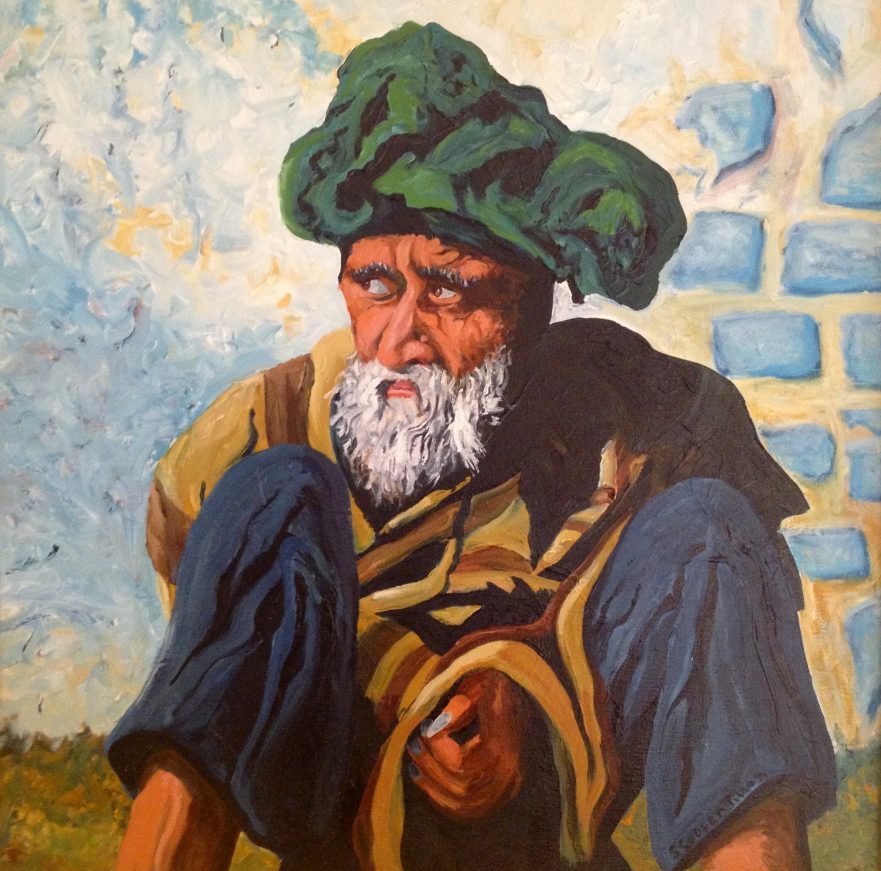
Luke 5:31; Mark 2:17; and Matt. 9:12. … (Luke 4:16-20)Cf.
The Programmatic Opening of Jesus’ Biography as a Reflection of Contemporaneous Jewish Messianic Ideas
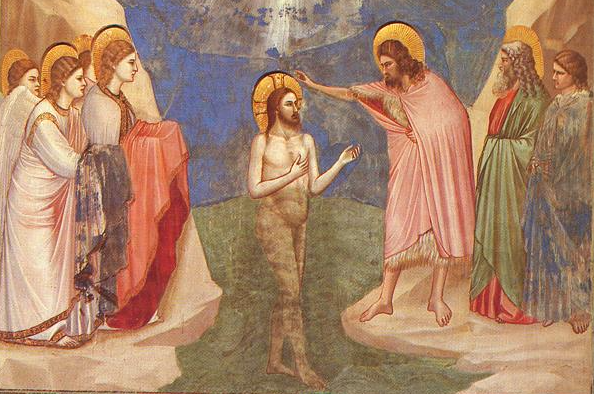
(Mark 1:1-11; adapted from RSV)
Mark’s programmatic opening of the Gospel narrative also appears in a slightly reworked and expanded form in Matthew 3:1-17 and Luke 3:2-22. … (Matt. 3:13-15)
Cf. the treatment of the hierarchy between the Baptizer and Jesus in Luke 1-2 and John 1:19-34.
The Didache and its Relevance for Understanding the Gospel of Matthew
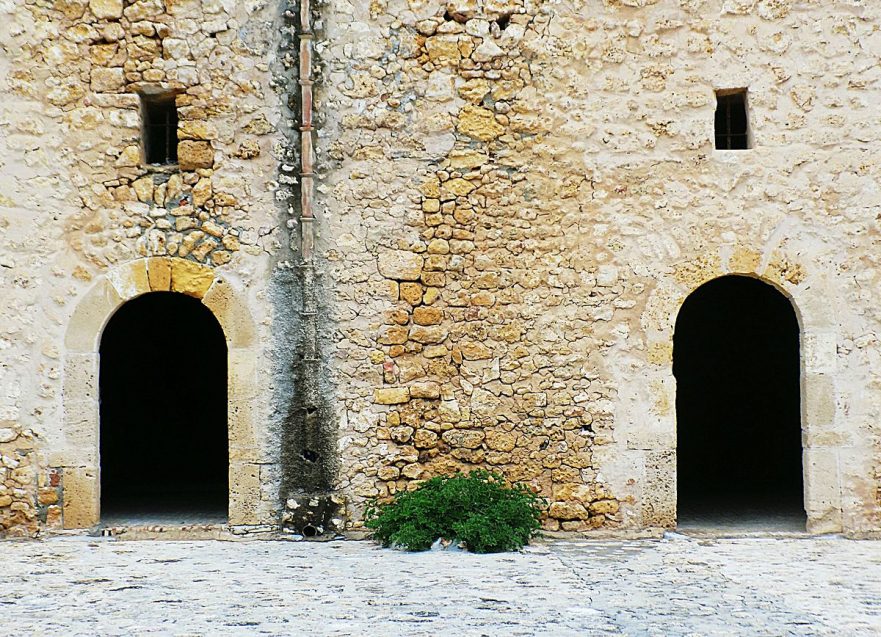
How to cite this article: Huub van de Sandt, “The Didache and its Relevance for Understanding the Gospel of Matthew,” Jerusalem Perspective (2016) .
When Were the Gospels Written?
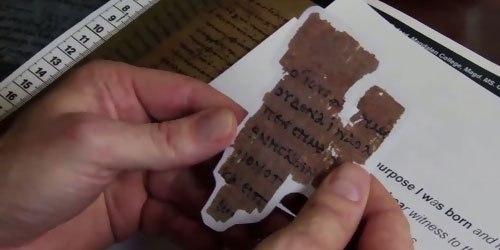
𝔓4 contains Luke 1:58-59; 1:62-2:1, 6-7; 3:8-4:2, 29-32, 34-35; 5:3-8; 5:30-6:16.
Jesus’ Yoke and Burden
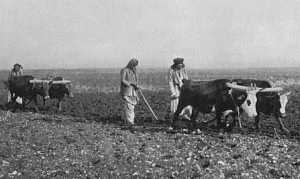
Revised: 25-Nov-2014″Come to me, all you who are weary and burdened, and I will give you rest. Take my yoke upon you and learn from me, for I am gentle and humble in heart, and you will find rest for your souls. For my yoke is easy and my burden is light” (Matt. 11:28-30; NIV). Although extraordinarily beautiful, Jesus’ saying recorded in Matthew 11:28-30 is enigmatic. What is this saying’s meaning, and what were Jesus’ “yoke” and “burden”?
Jesus’ Twin Parables
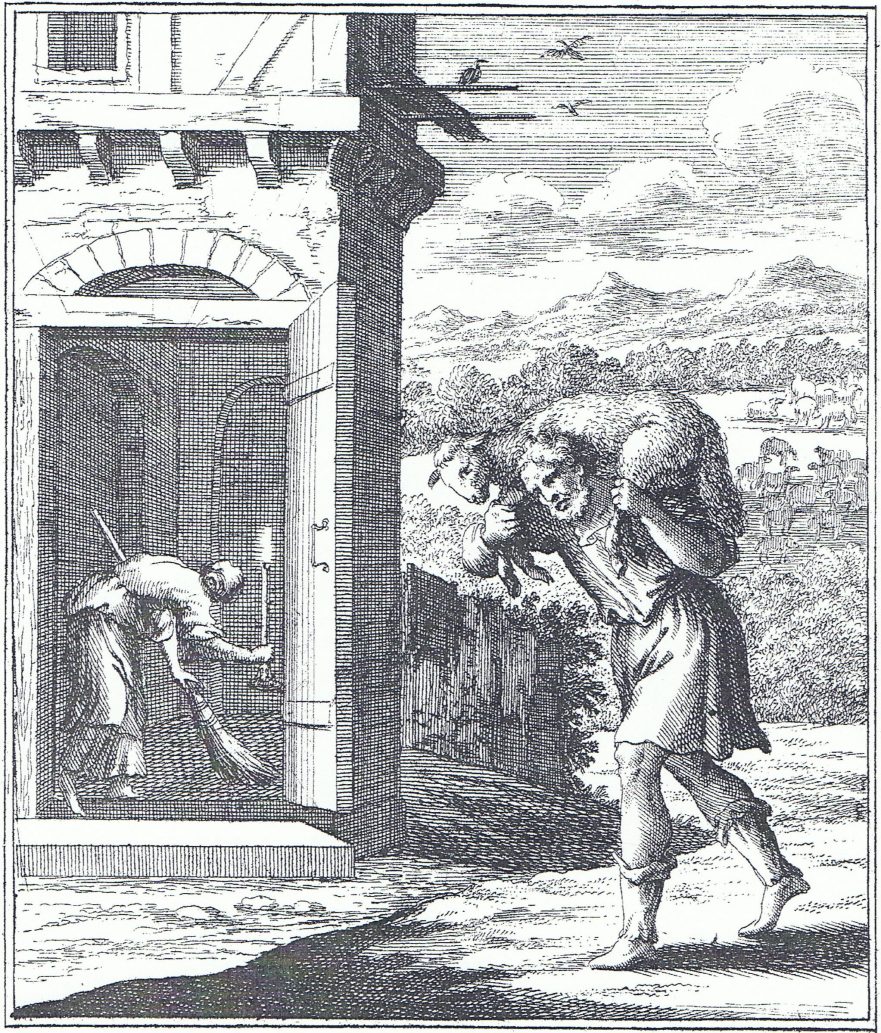
We could now insert the Matthean form of the Disciples’ Prayer (Matt. 6:9-13), which is much more Hebraic than the Lukan version (Luke 11:2-4)….
Next, we could add to this story the teaching discourse found in Matthew 7:7-11:
Ask, and it will be given you.
Jesus and the Hasidim
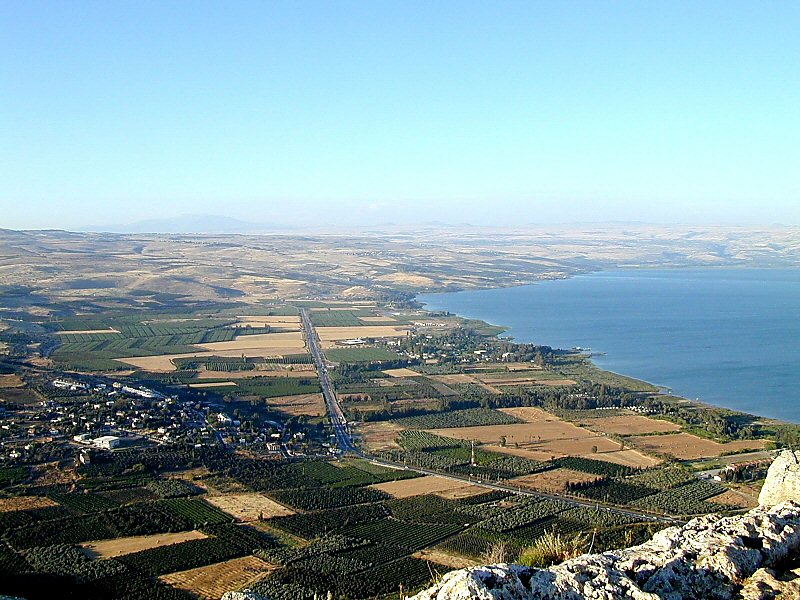
— wp:paragraph –>
Jesus’ education and understanding of Torah was in agreement with the Pharisees’ norms, based on both the Written and Oral Torah (Luke 2:41-47). … It is especially important to note Luke 4:16ff., which mentions Jesus’ reading of the Torah and Prophets, and afterwards, his derashah (sermon).
Cataloging the Gospels’ Hebraisms: Part Four (Parallelism)
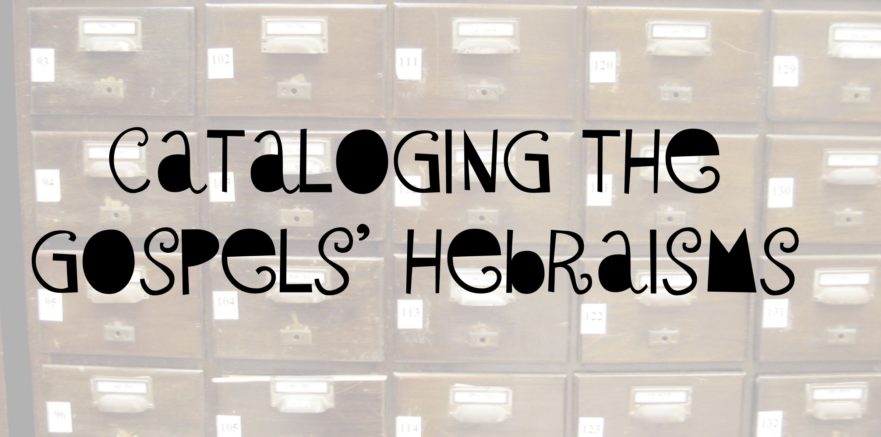
(Luke 1:46-47; RSV)
Each of the two sides, or ribs, of a parallelism has the meaning of the other. …
Here is a sampling of the many doublets and parallelisms we find in the sayings of Jesus: “The wise and understanding” (Luke 10:21); “prophets and apostles” (Luke 11:49); “kings and governors” (Luke 21:12); “two men will be in the field…two women will be grinding with a hand mill” (Matt. 24:40-41); “look at the birds of the heaven…consider the lilies of the field” (Matt. 6:26, 28); “they make their phylacteries wide…and their tassels long” (Matt. 23:5); “when you see a cloud rising in the west…when you see the south wind blowing” (Luke 12:54, 55); “a reed shaken by the wind…a man dressed in fancy clothes” (Matt. 11:7-8; Luke 7:24-25); “eating and drinking…a glutton and a drunkard…tax collectors and sinners” (Matt. 11:19; Luke 7:34); “you are the salt of the earth…you are the light of the world” (Matt. 5:13, 14); “as it was in the days of Noah…as it was in the days of Lot” (Luke 17:26, 28); and “nation will rise against nation, and kingdom against kingdom” (Matt. 24:7; Mark 13:8; Luke 21:10)….
Closed Door
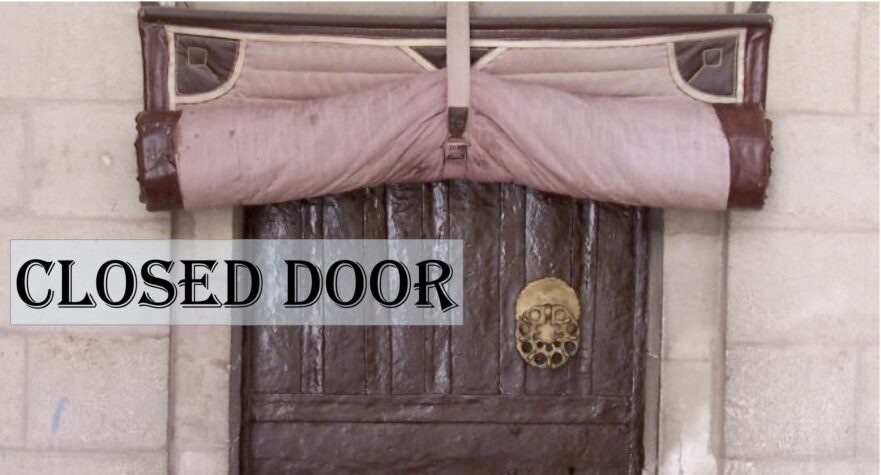
— wp:heading {“level”:3,”className”:”has-text-align-center”} –> (Matt. 7:22-23; Luke 13:25-27) Matt. 7:22-23) appears in the Sermon on the Mount, where it is embedded in the introduction to the Houses on Rock and Sand pericope.

